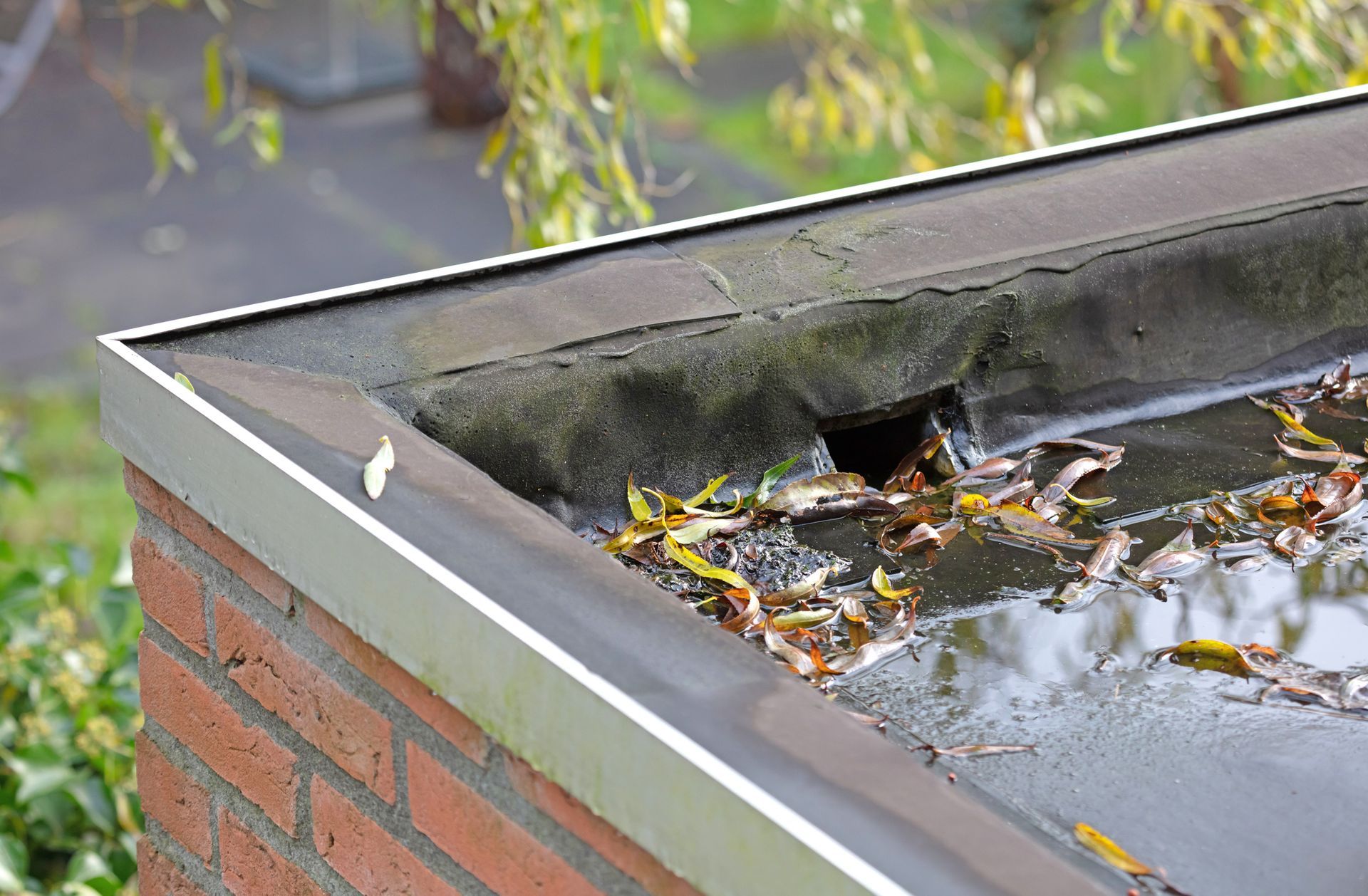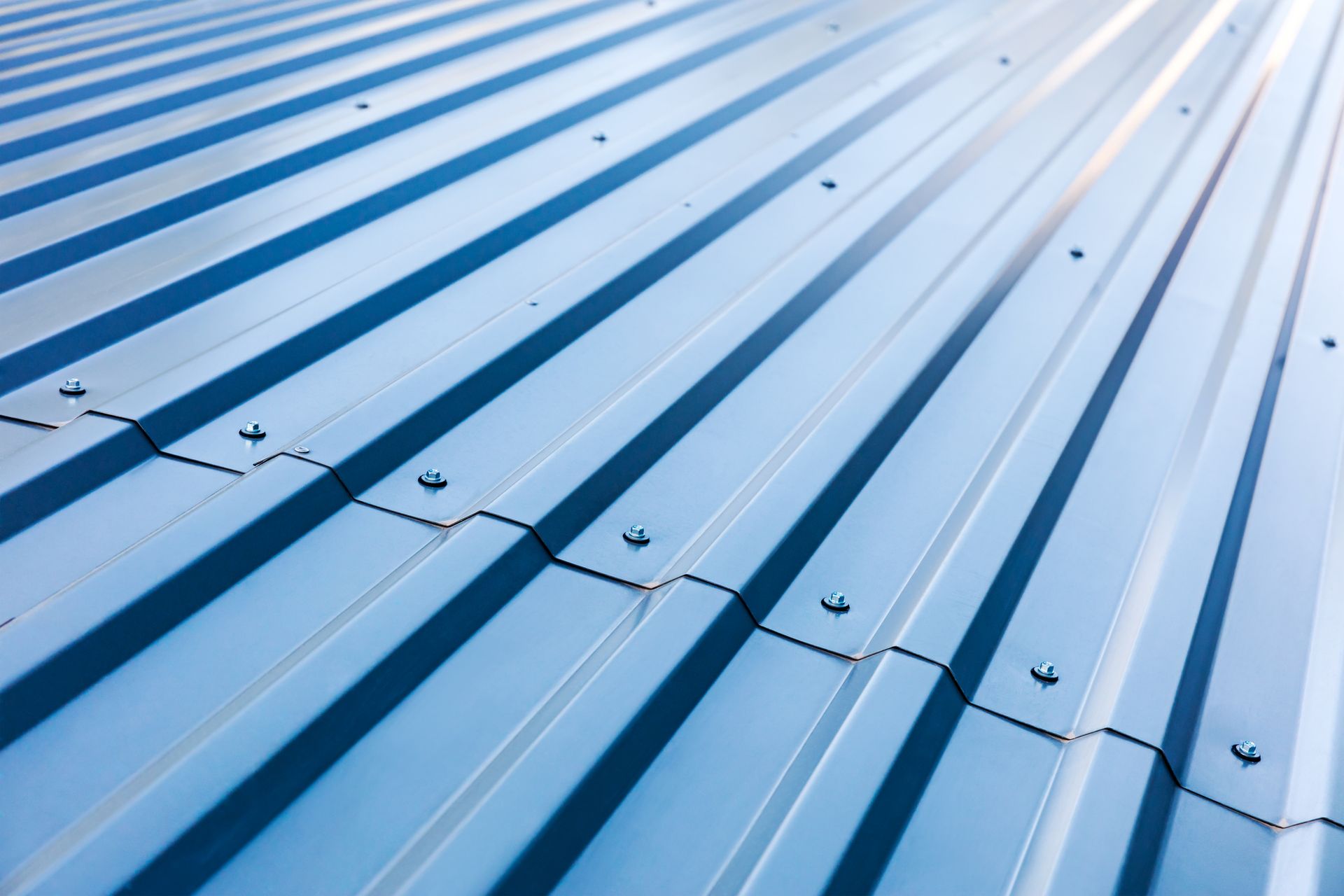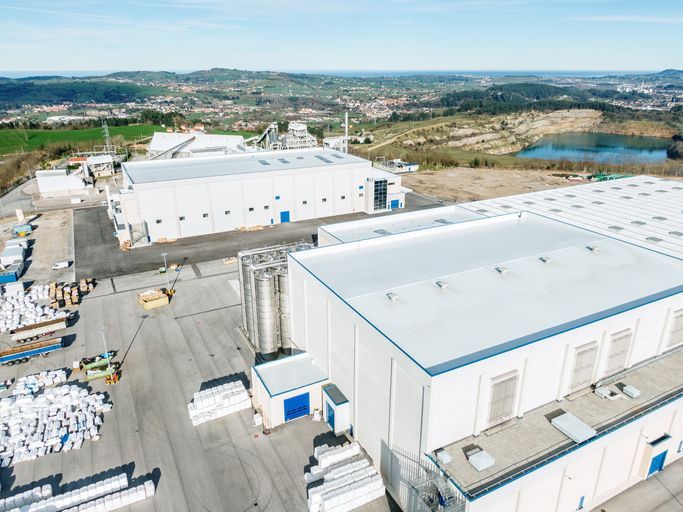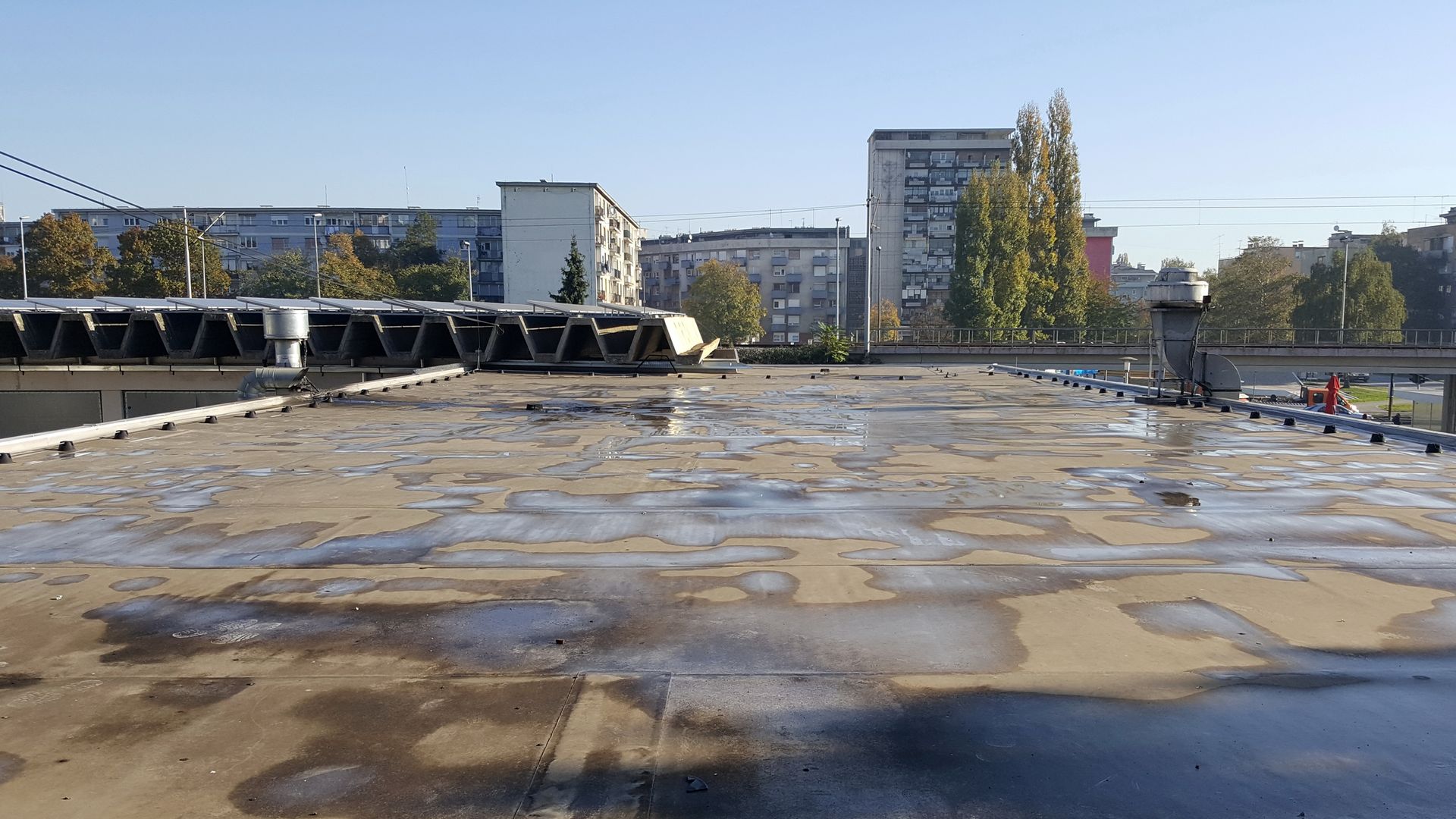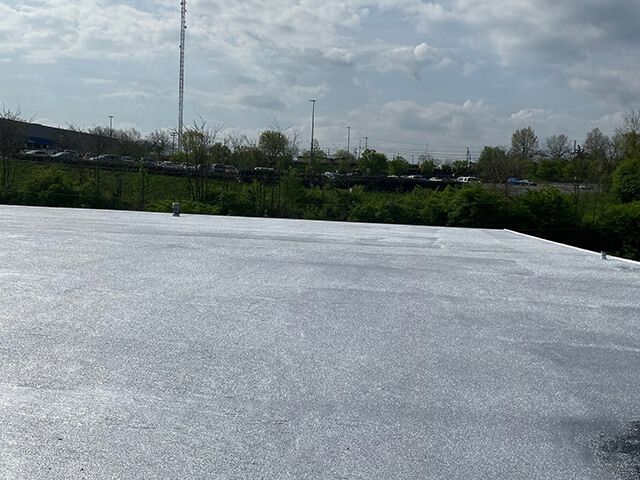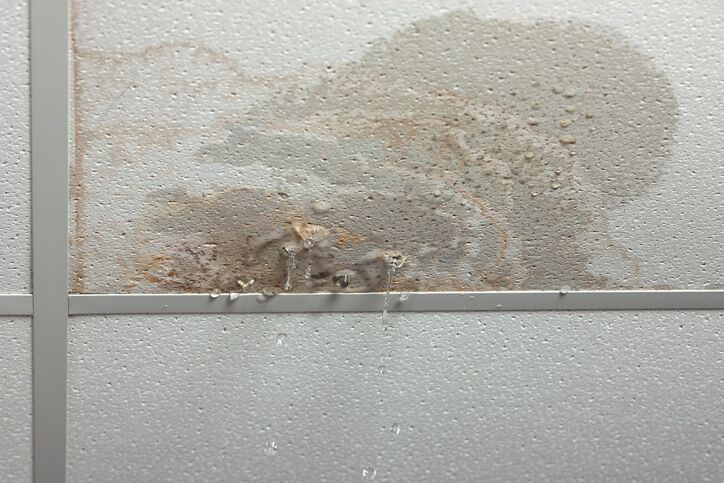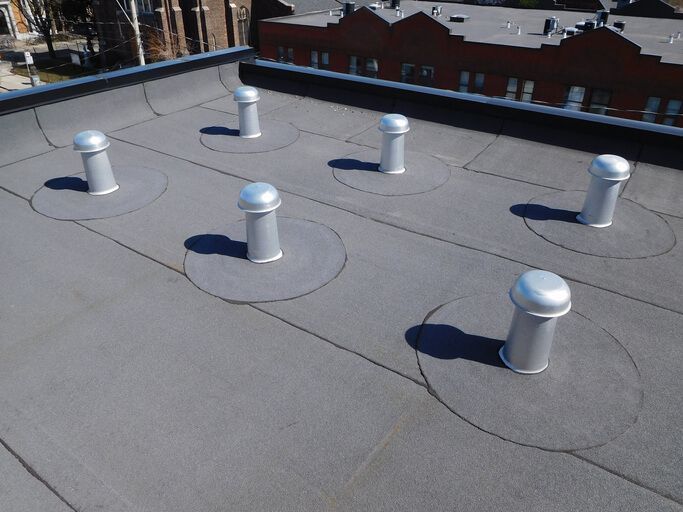The Role of Energy-Efficient Roofing in Reducing Operational Costs for Industrial Facilities
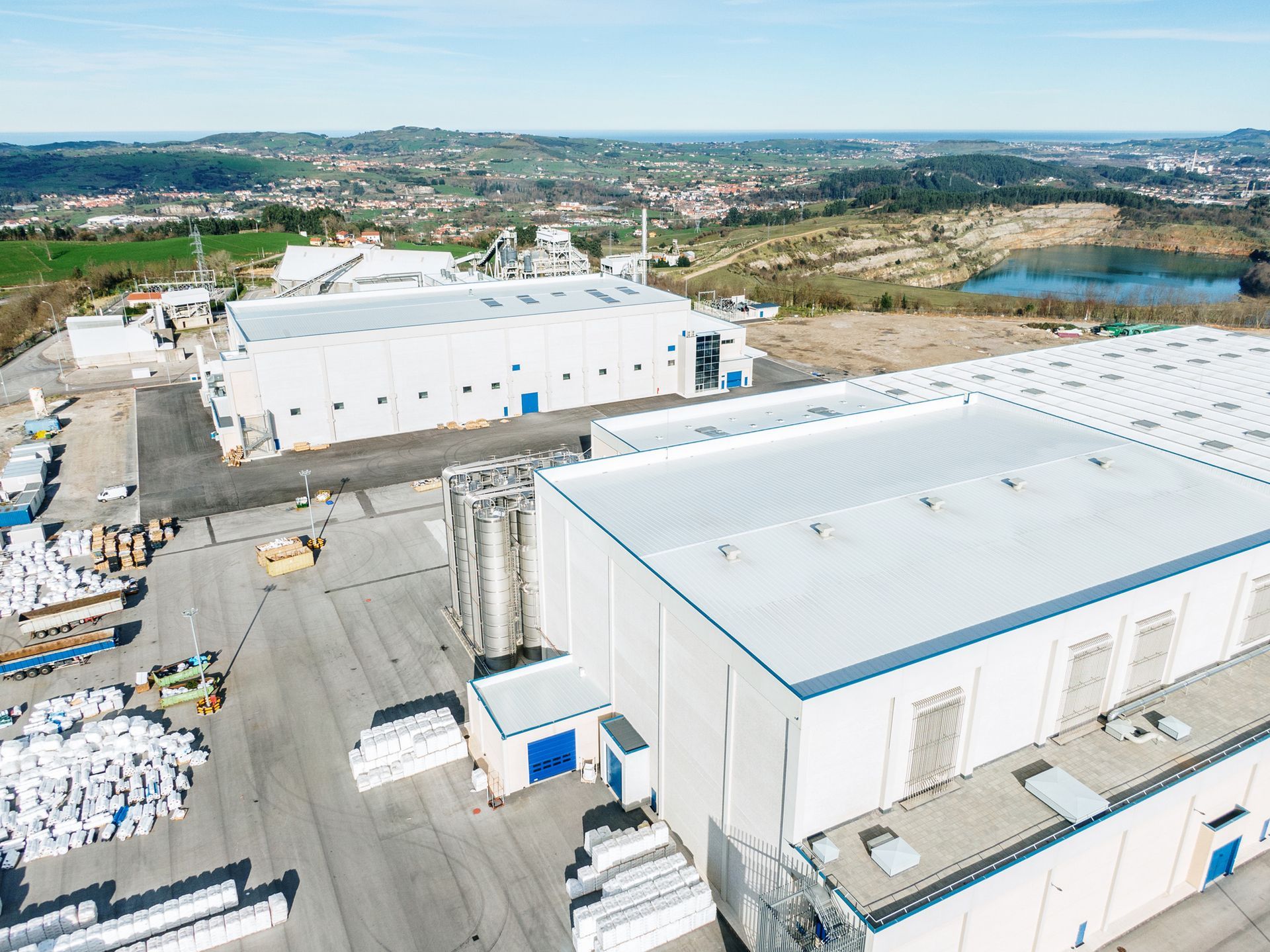
The Role of Energy-Efficient Roofing in Reducing Operational Costs for Industrial Facilities
Implementing Monolithic Roofing in Industrial Facilities
Transitioning from the abstractions of monolithic roofing benefits to the stark actions of implementation is a strategic voyage that demands planning, precision, and professional prowess.
Assessment and Planning
The first step in implementing a monolithic roofing solution is comprehensively assessing the existing infrastructure. What lies beneath the surface plays a critical role in the new system's performance. The facility's geographical location and the severity of its climate are variables in the energy efficiency equation that cannot be overlooked.
Plans must be sketched meticulously, considering the industrial processes, space utilization, and the strategic integration of an energy-efficient roofing system into the existing operational framework. With the in-depth details and knowledge this planning requires, it is recommended to work with a professional roofing contractor experienced in industrial facilities.
Choosing the Right Coating for Energy Efficiency
There is a range of highly reflective and effective coatings available for monolithic roofing systems. Engaging with experts to select the best coating for optimal energy performance is a navigational aid through this expansive sea of choices. Each coating carries emissive and reflective properties, adherence to environmental standards, and an allegiance to cost-effectiveness.
At ACR1 Commercial Roofing, our Advantage Systems Roofing System can be equipped with a range of highly reflective maintenance coatings such as:
Flexbond White Elastomeric
Flexbond Chips
Flexbond Aluminum Coating
With these options, our clients prioritize their energy goals and budget while achieving high-performing roofing solutions.
Professional Installation for Optimal Performance
Professionals should install a monolithic roof to ensure you get the energy-efficient, durable results you are looking for. Experienced roofing contractors have the expertise and equipment to install these systems correctly, ensuring proper insulation, coating application, and long-term performance.
At ACR1 Commercial Roofing, we specialize in installing monolithic roofing for industrial facilities. Our team has the knowledge and experience to help you achieve your energy-efficiency goals while also providing long-lasting, durable results. We have experience working on various roofing types and can install our Advantage Roofing System over most existing roofing systems. We are highly experienced in working on a variety of roofing types, including:
Monolithic Roofing
SPF or Foam-Roofing
Modified Bitumen
Built-up Roofing
Rubber Roofing
PVC or TPO Roofing
Metal Roofing
Rolled Roofing
Our team is dedicated to staying updated on the latest roof replacement methods and the complexities of commercial roofing, which allows us to provide you with the latest technology and methods. We take pride in providing exceptional service and high-quality roofing solutions to meet your needs.
Whether your roof has suffered damage from the weather or poor installation, we can expertly re-roof it over your current roofing system to provide you with a more durable, more energy-efficient industrial roofing system that can stand up against the harsh elements of both the climate and industrial operations.
Improve the Energy Efficiency of Your Industrial Operations
In conclusion, the transition to energy-efficient monolithic roofing systems represents a pivotal step for industrial facilities focused on reducing operational costs and enhancing sustainability. The significant advantages include:
Substantial Reduction in Energy Costs: By improving insulation and thermal performance, monolithic roofing systems drastically lower the need for heating and cooling. This translates into markedly lower utility bills, offering a direct financial benefit to industrial operations.
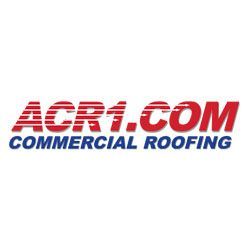
Author:
Floyd Mason
Born and raised in farming in Iowa
Worked in and around construction since 1977
BS in Corporate Finance and Financial & Estate Planning from Brigham Young University. Involved in Boy Scouts of America for more than 35 years, Scoutmaster 15 years Estimator, Project Manager, Sales Representative, Crew Leader, Laborer, Territory Manager, District Manager, Regional Manager, National Sales Manager,
ACR1.COM Sales & Marketing Manager since 2013.
